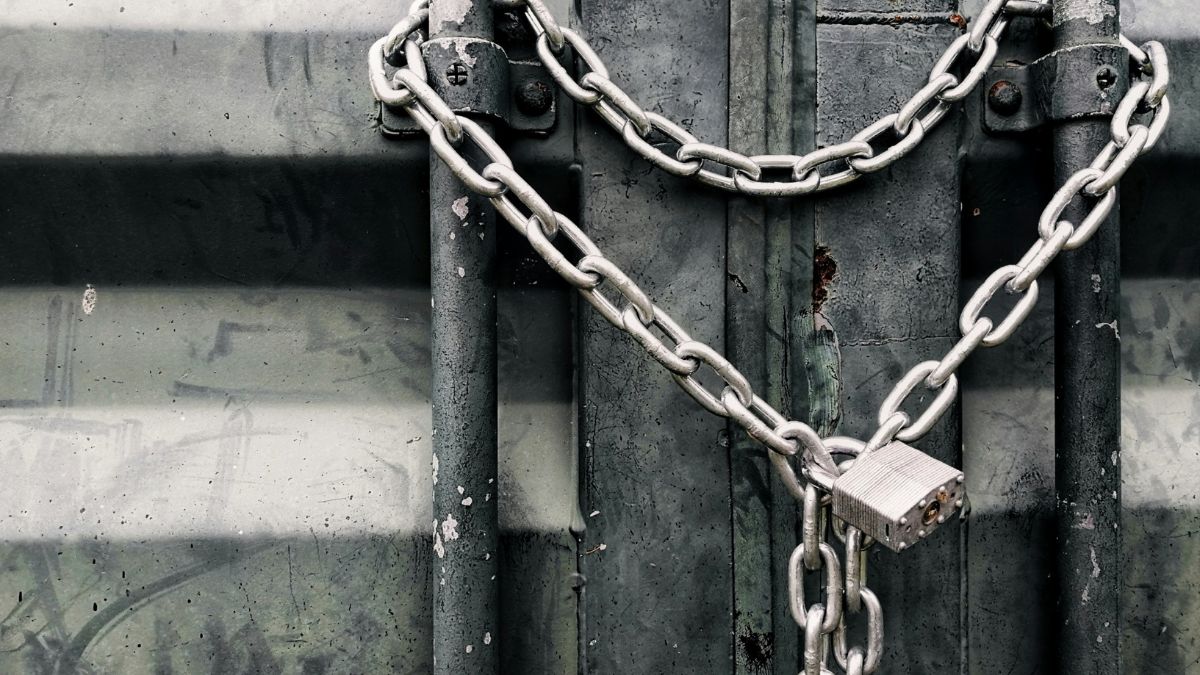

BreakPoint
Empty Monuments
Last month, President Bush dedicated the Oklahoma City National Memorial. The Memorial commemorates the April 1995 bombing of the Murrah Federal Building -- a bombing in which 168 people, including nineteen children, lost their lives. It's fitting to memorialize events like this, and I'm glad the president went. But there's just one problem. It's that, increasingly, our memorials are anything but memorable. As art critic Catesby Leigh writes in the Weekly Standard, the Oklahoma City Memorial "testifies to our narrow vision." It illustrates our discomfort with the very idea of monuments. One hundred and sixty-eight chairs now stand where the Murrah Building used to be. Visitors are invited to leave mementos, teddy bears and flowers, on a chain-link fence. And young visitors are asked to share their feelings on chalkboards in the pavement. What's missing, unfortunately, is any attempt to put the bombing in any sort of moral context, or draw lessons from it. The message by this new class of monuments is that the events beings memorialized are significant only insofar as they help us cope with our feelings. This purpose is clearest, perhaps, in one of Washington's newest monuments, the FDR Memorial. How does America honor the president who led us through the Great Depression and World War II? By depicting him as larger than life? Unfortunately, no. Rather, as Leigh puts it, by "cutting him down to size." In one statue of FDR, he looks "old, sick, tired and ugly," says Leigh. In the other, added at the insistence of disability-rights activists, the president is depicted sitting in a wheelchair. The problem is that FDR refused to let himself ever be photographed seated in a wheelchair, and worked hard to conceal his disability from the American people. Yet, here he is, reduced to the status of victim at his own memorial. Once again, the only lesson we're meant to take away is how the person or event relates to our feelings. Another example of memorial as therapy is the Armed Forces Memorial in Norfolk, Virginia. There, men and women killed in combat are represented by bronze sculptures of letters they sent home. The apparent purpose is to allow visitors to say, "They're just like us!" But no, they're not just like us; they're heroes. And that's why we honor them. Or at least we used to. We've forgotten the purpose of memorials and monuments: to remind us of what is most important. Memorials and monuments are intended to inspire gratitude for what has come before us. And they're intended to spur us to work harder at building a society worth the kind of sacrifice being memorialized. In other words, they are to make us look beyond ourselves. But, thanks to what has been called "the triumph of the therapeutic," that's the last thing this generation wants to do. Especially since looking beyond ourselves might entail confronting our moral and spiritual poverty. Building monuments that memorialize virtues like courage, devotion to duty, and self-sacrifice might make us look small in comparison. It might damage our self-esteem -- and that would never do. So, instead we build memorials that us make feel good about ourselves -- even as we forget the reason we built them in the first place. For further reference: Leigh, Catesby. "Our Monuments, Our Selves." Weekly Standard, 5 March 2001.
03/23/01















